A new study conducted by The Western Way examines the massive structural changes in U.S. electricity markets over the past 10 years – in particular, rapidly falling prices for natural gas and renewable energy that have created lower cost energy alternatives for consumers– but rural consumers remain tied to electric cooperatives that are not capturing these market competitive energy solutions.
The study details the critical situation facing rural electricity cooperatives in western states that that are trapped in the Tri-State Generation and Transmission system that is resulting in unsustainable electricity rate increases. Key findings of the study include:
In western states, Tri-State Generation & Transmission is now charging 212% more for electricity than competitive wholesale providers in the same region.
From 2000-2016, Tri-State members experienced 12 rate increases resulting in increases of 103%.
Tri-State now has over $3 billion in debt and has been forced to increase rates to maintain that high debt load.
From 2013 to 2018, Tri-State’s net margins fell from $73 million to $43, meaning even higher electricity rate increases for rural consumers appear inevitable in order to comply with terms of its Master Indenture.
Cooperatives attempting to leave the Tri-State system to capture cost savings now available through energy advancements in renewables and natural gas are being forced to pay unreasonable exit fees.
State and local leaders must engage to create changes to ensure rural electricity consumers regain access to market competitive energy options.

